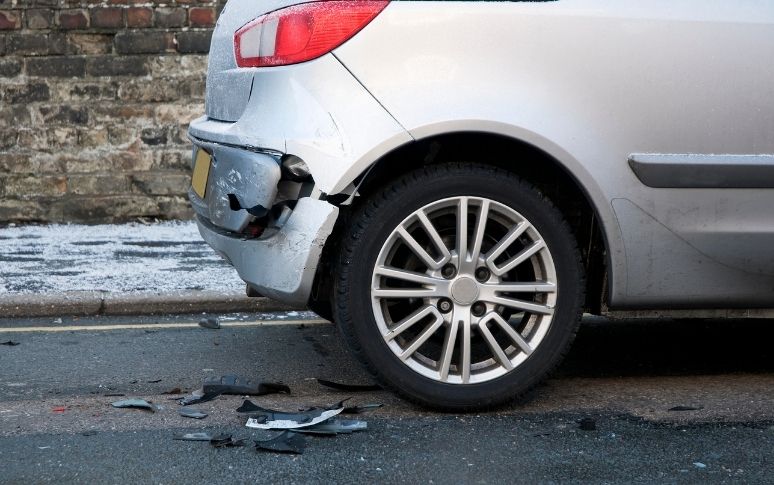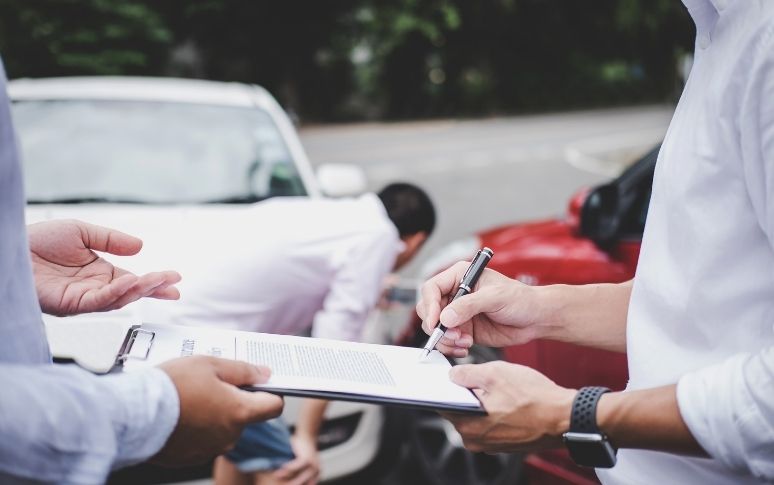8 Steps To File Your Car Insurance Claim And Get Paid Fast
If you file an auto insurance claim wrong, you might lose thousands of dollars or have your claim denied. Find out exactly what to do after an accident, what papers you need, and how to get the most money from your settlement. Plus, learn secret tips to stay away from mistakes that could hurt your claim.
Immediate Actions After an Accident
The first things you do after an accident are very important for making a successful insurance claim. Make sure everyone is secure and, if you can, move the cars to a safe place. If someone is hurt, call 911 right away. No matter how bad the accident is, you should always call the police.
Take detailed notes about everything that happens at the scene. Take a lot of pictures of the damage to the cars, the state of the road, and the traffic lights. Get witness statements and contact information since they can be very helpful if there is a disagreement later about who is at fault.

Essential Information Exchange
Getting all the information from everyone involved is very important for your claim. Share your name, address, phone number, insurance information, and driver's license number with other drivers. To make sure everything is correct, take pictures of your insurance cards and driver's licenses.
Write down the make, model, year, license plate numbers, and VINs (Vehicle Identification Numbers) of the car. If you can, write down where each vehicle is damaged and take pictures from different perspectives.

Filing Your Claim Correctly
Call your insurance company right away, even if you think you didn't do anything wrong. Most insurance companies now let you file claims in more than one way, such as through mobile apps, internet portals, and phone support. Give them all the information you have and follow their instructions to the letter.
When you talk about the accident, be honest and detailed, but don't give your opinion or make assumptions. Don't wait to file your first claim; many insurance companies want it to be done within 24 to 72 hours following the accident.

Understanding Claim Types
Different kinds of claims need different kinds of help. When you file a first-party claim, you are using your own insurance. When you file a third-party claim, you are using someone else's insurance. Knowing which category applies to your case changes the whole claims process.
Claims for property damage usually go through faster than claims for injuries, which might take months to settle while medical care continues. Before you file, be sure you know the limitations and types of coverage your insurance offers.

Navigating the Settlement Process
Insurance adjusters look at claims based on written proof and the terms of the policy. They can ask for further information or need to look at the car at a repair shop that has been approved. Keep track of all the conversations and costs related to the accident in detail.
Most claims for property damage are settled within 30 days, but claims for injuries might take months. Before accepting the first settlement offer, make sure to compare it to the actual costs and losses you have.

Dealing with Claim Denials
There are several reasons why insurance companies could deny a claim, such as exclusions in the policy, limits on coverage, or suspected fraud. If your claim is denied, ask for a written reason and read your policy again carefully.
You can appeal if your claim is denied. If the damages are large or you think the denial is unfair, you might choose to hire a lawyer. State insurance departments can also help settle disagreements between policyholders and insurance companies.

Maximizing Your Settlement
Keep track of all the costs associated to the accident, such as medical bills, rental car fees, and lost income. Keep receipts and records of any repairs or replacements that need to be made because of the accident.
When looking at settlement offers, especially for injury claims, think about how much you will have to pay in the future. Make sure you include all possible expenditures because medical care may continue long after the original payment.

Special Considerations for No-Fault States
Drivers in no-fault insurance states must file injury claims with their own insurer, no matter who was at fault. To file a claim correctly, you need to know the rules and limits in your state.
These states frequently don't let people sue unless their injuries are bad enough. Know the laws in your state and how they affect your potential to get more money than what your insurance pays.









